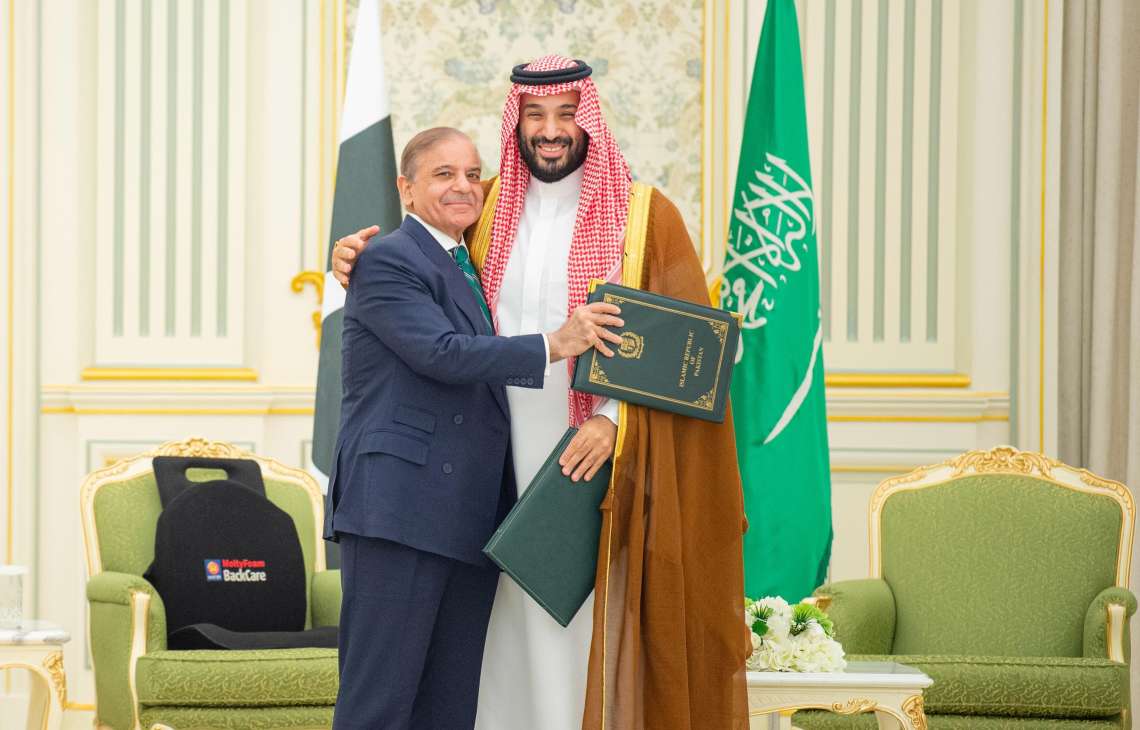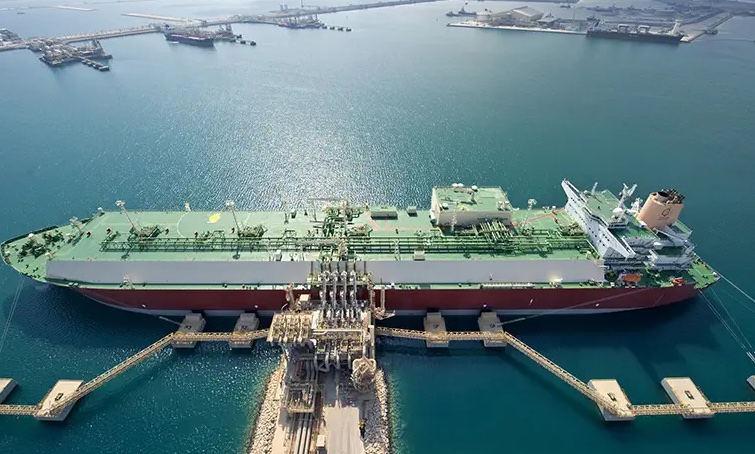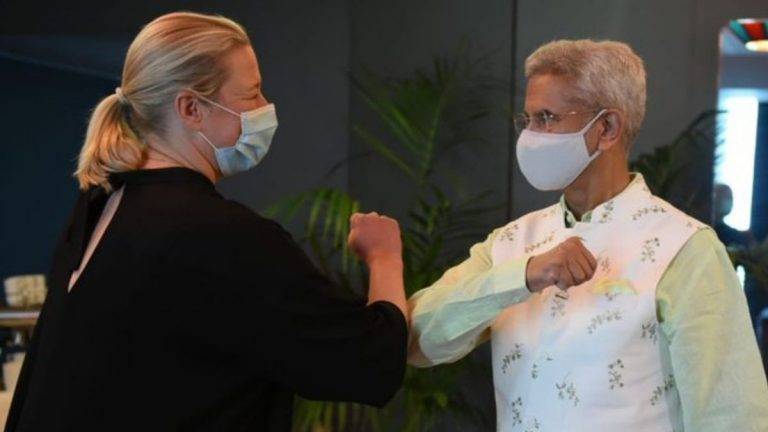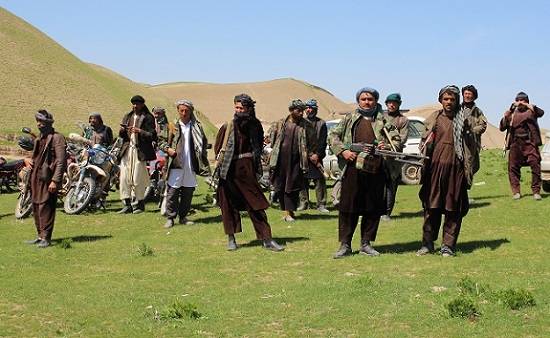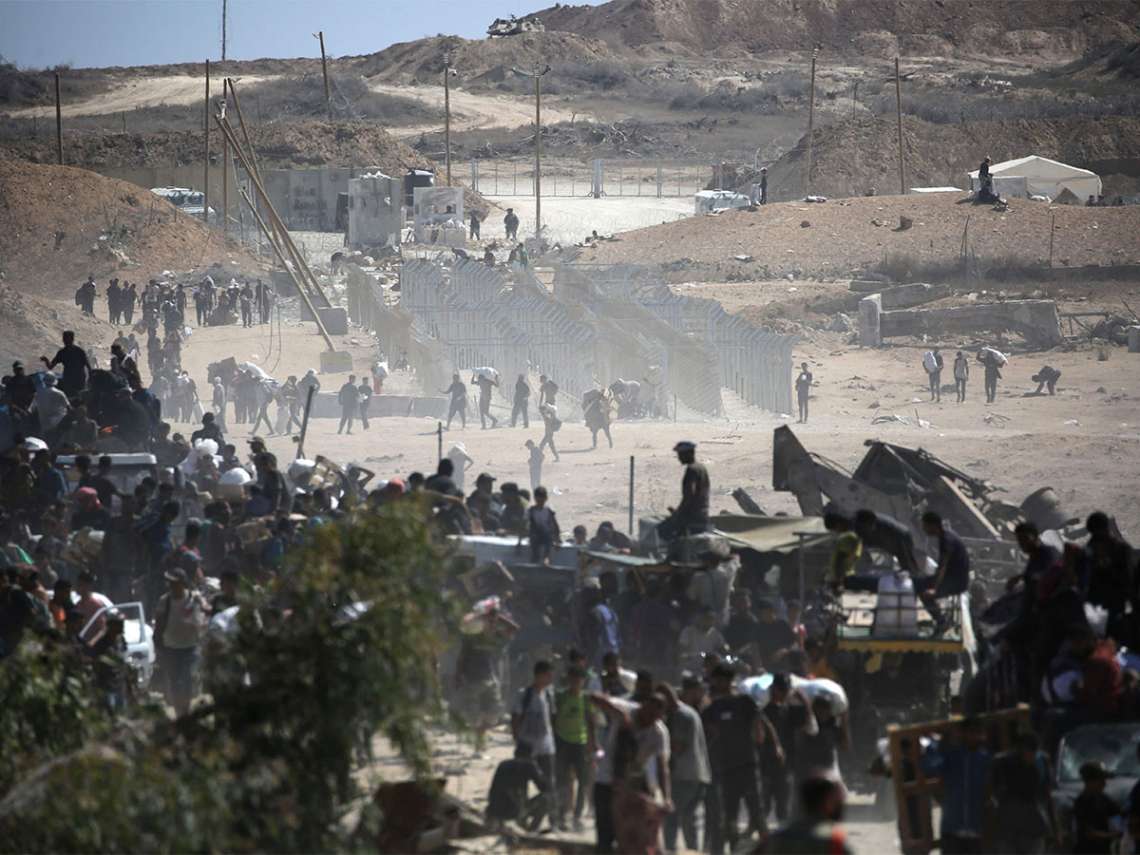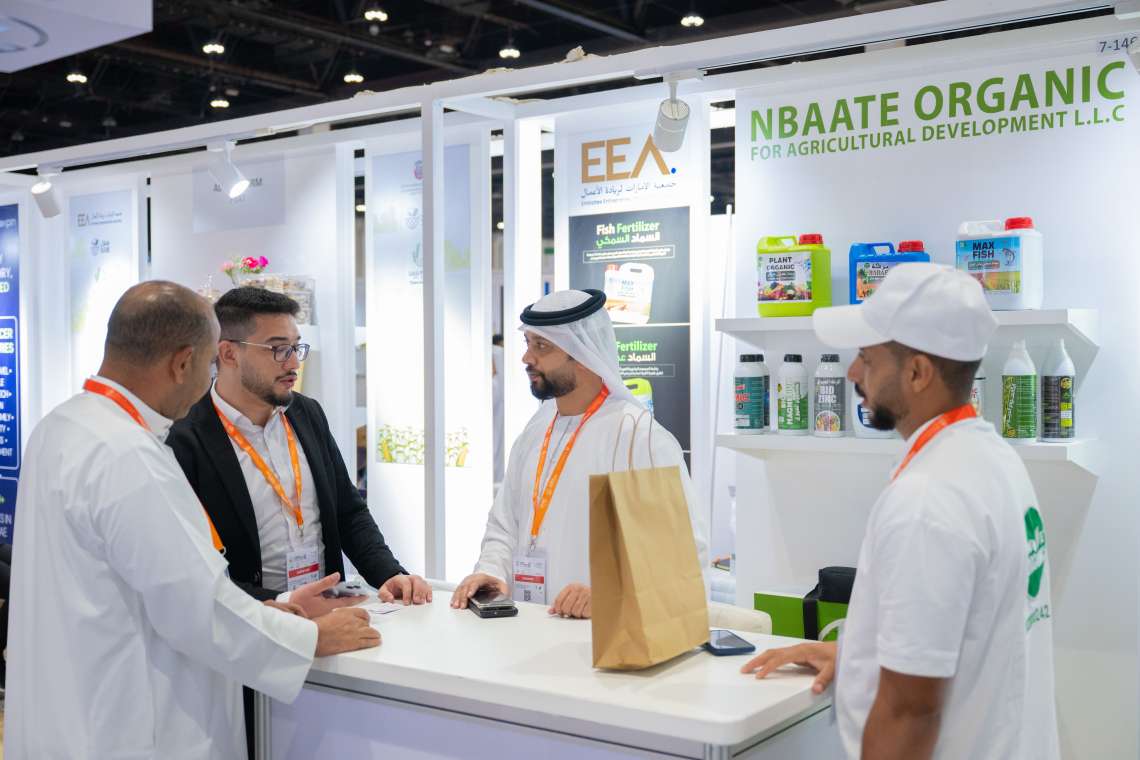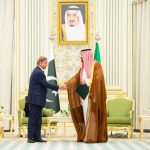A World Bank (WB) release said that the USD 400 million Pakistan Program for Affordable and Clean Energy (PACE) focuses on measures to improve the financial viability…reports Asian Lite News
The World Bank on Tuesday approved USD 800 million in financing for two programs in Pakistan–the Pakistan Program for Affordable and Clean Energy and the Second Securing Human Investments to Foster Transformation.
A World Bank (WB) release said that the USD 400 million Pakistan Program for Affordable and Clean Energy (PACE) focuses on measures to improve the financial viability of the power sector and support the country’s transition to low-carbon energy.
“Power sector reforms are critical to resolving Pakistan’s fiscal challenges,” said Rikard Liden, World Bank Task Team Leader for the PACE program. “Decarbonizing the energy mix will reduce the dependence on fossil fuel imports and vulnerability to price fluctuations because of movement in exchange rates. PACE prioritizes action on such reforms, which must be sustained to address circular debt and set the power sector on a sustainable path.”
The release said the USD 400 million Second Securing Human Investments to Foster Transformation program (SHIFT II) supports a federal structure to strengthen basic service delivery for human capital accumulation.
The program will help improve health and education services, increase income-generation opportunities for the poor, and promote inclusive economic growth.
“Strengthening services that build human capital in a coordinated manner between provincial and federal authorities, along with improved targeting of social safety nets, will better support families to recover from the COVID-19 crisis, and pave the way for more robust crisis preparedness in the future,” said Tazeen Fasih, World Bank Task Team Leader for the SHIFT II program.
ALSO READ: Terror financing: Doubts mount over Pakistani diplomats
Najy Benhassine, WB Country Director for Pakistan said, “The reforms underpinning PACE and SHIFT can contribute to facilitating sustainable investments and generate welfare gains for those most in need.”
Pakistan has been a member of the World Bank since 1950. Since then, the World Bank has provided $40 billion in assistance.
Recently, the World Bank had estimated that poverty in Pakistan has increased from 4.4 per cent to 5.4 per cent in 2020, as over two million people have fallen below the poverty line.
Using the lower-middle-income poverty rate, the WB estimated that the poverty ratio in Pakistan stood at 39.3 per cent in 2020-21 and is projected to remain at 39.2 per cent in 2021-22 and might come down to 37.9 per cent by 2022-23, reported The News International.

Moreover, by using the upper-middle-income poverty rate, the global financial institution estimated that the poverty stood at 78.4 per cent in 2020-21 and it would be standing at 78.3 per cent in 2021-22 and is projected to come down to 77.5 per cent in 2022-23.
As per the Bank’s estimates, 40 per cent of households suffered from moderate to severe food insecurity in Pakistan.
At a time when the WB has been showing rising trends in poverty, the government has just released poverty figures for 2018-19 and indicated that the poverty declined from 24.3 per cent in 2015-16 to 21.9 per cent in 2018-19 in the pre-COVID-19 period, according to The News International.
According to the WB, the containment measures adopted in response to the COVID-19 pandemic led to a collapse in economic activity during the final quarter of FY20. As a result, the GDP growth is estimated to have contracted by 1.5 per cent in FY20.
During the period, half of the working population saw either job or income losses, with informal and low-skilled workers employed in elementary occupations facing the strongest contraction in employment. (ANI)



